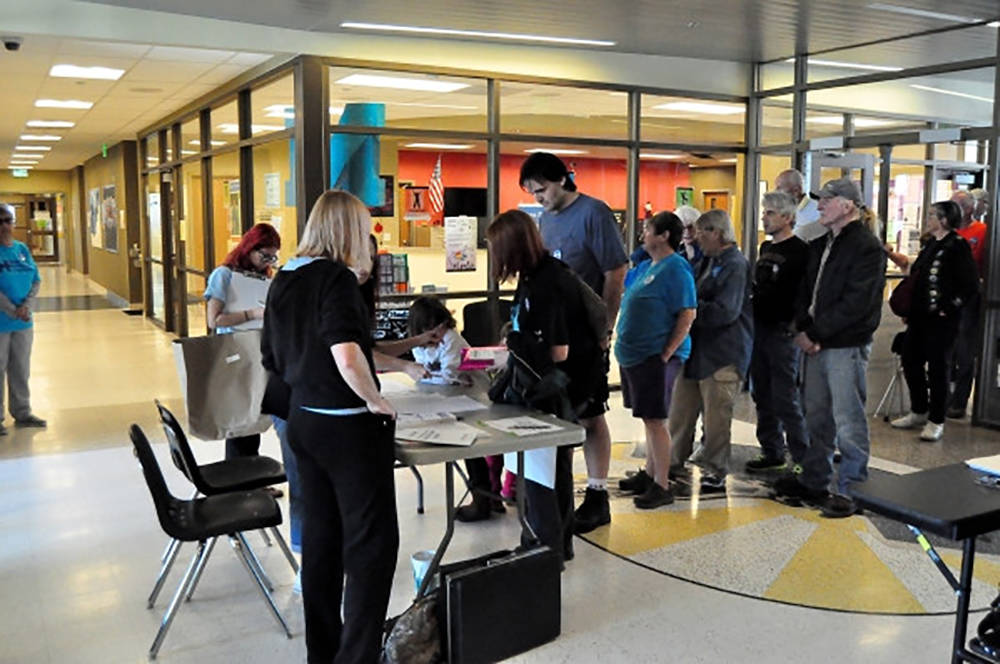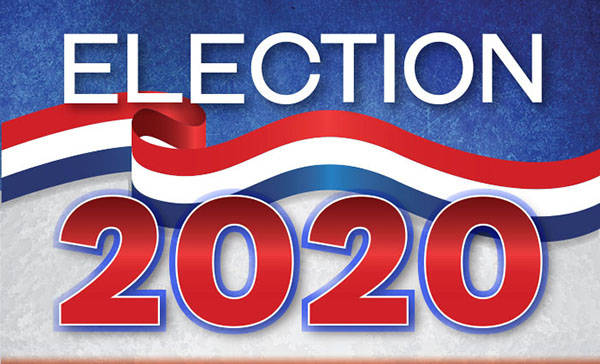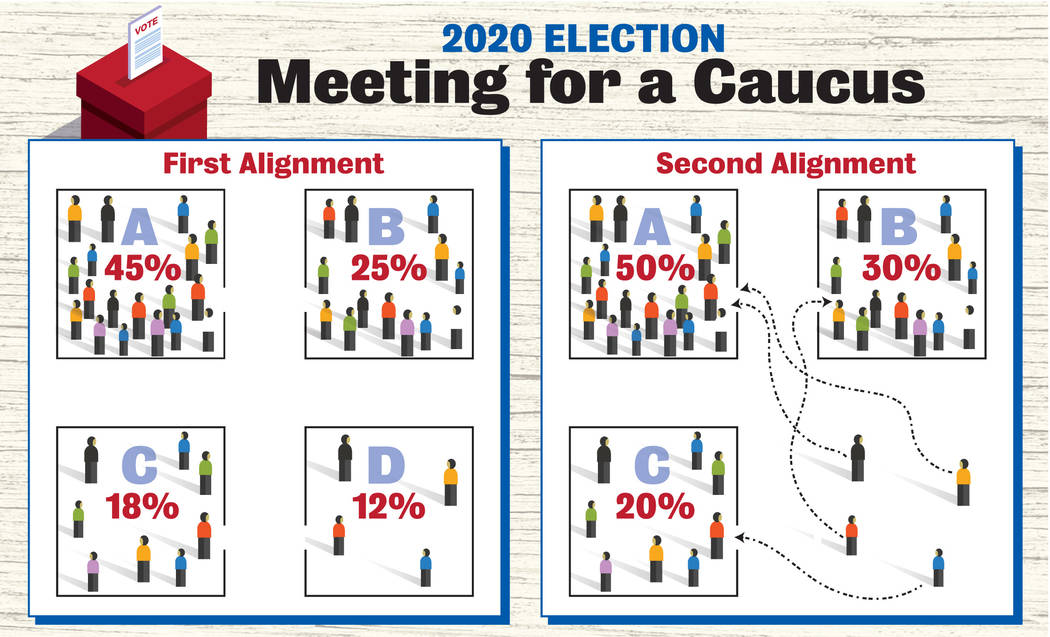How to caucus in Nevada
Unlike the secret ballots cast in states that use primary elections, Nevada residents declare their presidential preferences in public meetings with their neighbors.
Caucusgoers will literally stand in groups indicating which candidate they want to become president, and volunteers count them to determine the winner.
The caucuses are open only to registered Democrats. However, anyone wishing to participate may register (or re-register) with the Democratic Party at any early voting or caucus site. Caucuses begin at noon and can last anywhere from 30 minutes to several hours. Overall results will be shared online throughout the day as precincts report in.
Nevada became the first caucus state ever to allow early caucus voting in mid-February, with roughly more than 26,000 Democrats participating as of Monday, Feb. 17., at 82 locations across the state. Early voters submitted a preference card indicating their top three to five choices for the Democratic nomination during early voting.
Those votes will be transmitted on caucus day to neighborhood precincts, where they will be counted as if the voters were there in person.
Then Nevadans will gather on Feb. 22 at more than 2,000 small meetings held at more than 250 locations throughout the state.
Once they register, they’ll find their candidate’s group and join in. A candidate needs at least 15 percent of the turnout to be considered “viable.”
Meeting for a caucus
First alignment
Once the caucus is called to order, organizers will count the number of people standing for each candidate, add the early votes to the total and announce the results.
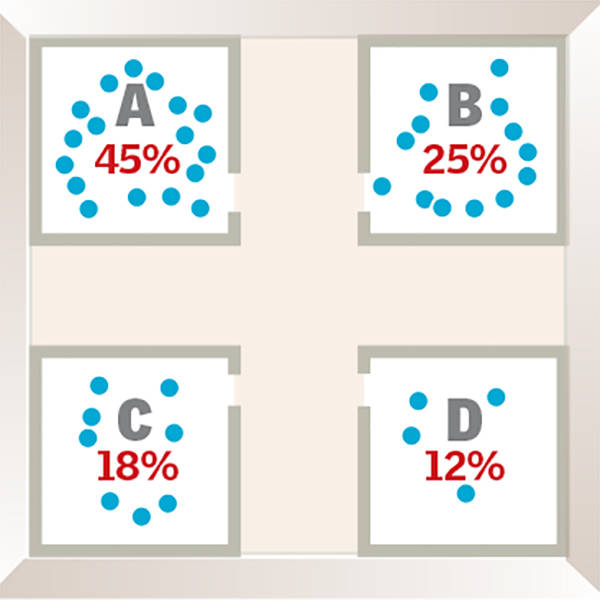
Candidates who fail to get at least 15 percent are considered “not viable.”
Once the first vote totals are counted, supporters of the viable candidates will make speeches and try to woo the supporters of candidates who didn’t make the cut.
Second alignment
After those speeches, caucusgoers can choose to join the campaign of a still-viable candidate or pool together with the untethered supporters of another nonviable candidate to try to reach the 15 percent threshold. Organizers will make a second and final count of all votes, again including early votes.
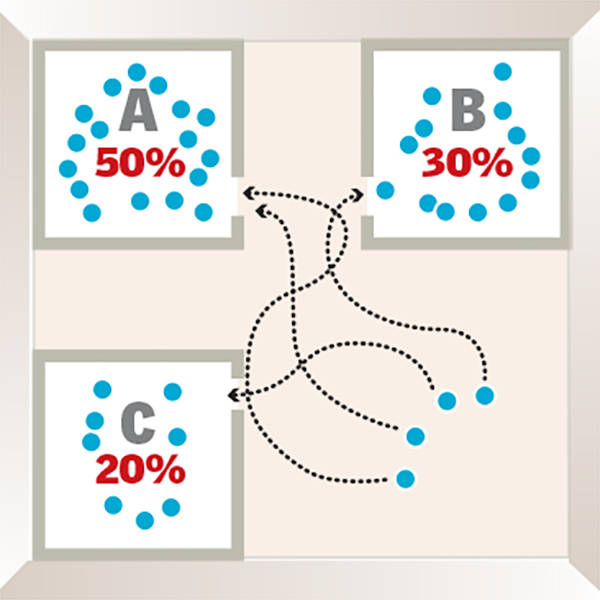
(If an early voter’s first choice wasn’t viable, their vote will go to the first viable candidate on their preference card.)
These raw vote totals will ultimately determine how many delegates a candidate has earned in the quest to win the party’s nomination.
Awarding the delegates After the final tally is recorded, caucusgoers will elect some 14,600 people as delegates to attend county conventions on April 18. Those delegates will elect representatives for the state convention on May 30, which will ultimately choose 36 of Nevada’s 48 delegates to the national convention July 13-16 in Milwaukee.
Nevada delegates
A lot of math goes into all of this, but the conclusion is simple: Nevada has 48 national delegates, 36 of whom will be pledged to specific candidates based on the results of the Feb. 22 caucuses.
The candidate who has the most pledged delegates is considered the Nevada winner.
Nevada superdelegates
The remaining 12 delegates — commonly referred to as superdelegates — are chosen based on their positions, including members of Congress and Gov. Steve Sisolak.
Unlike in the previous election, these delegates will not participate in voting at the national convention if a candidate has earned at least the 1,991 pledged delegates needed to secure the nomination outright on the first ballot.
If no one reaches that threshold, a second ballot could be needed, and superdelegates would be allowed to participate.
Pahrump Valley Times Interim Editor Jeffrey Meehan contributed to this report.
Related
Find your Nevada caucus location


